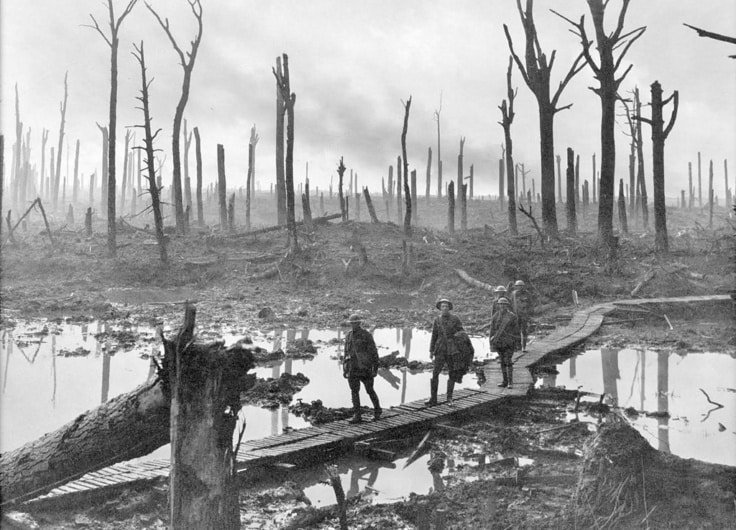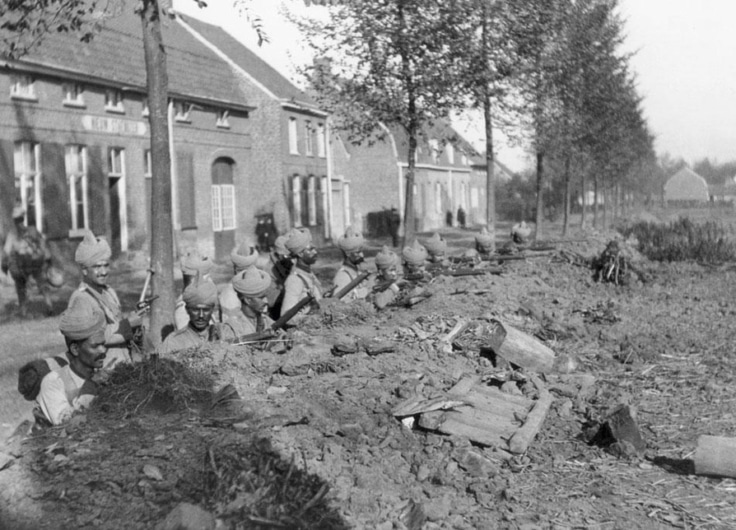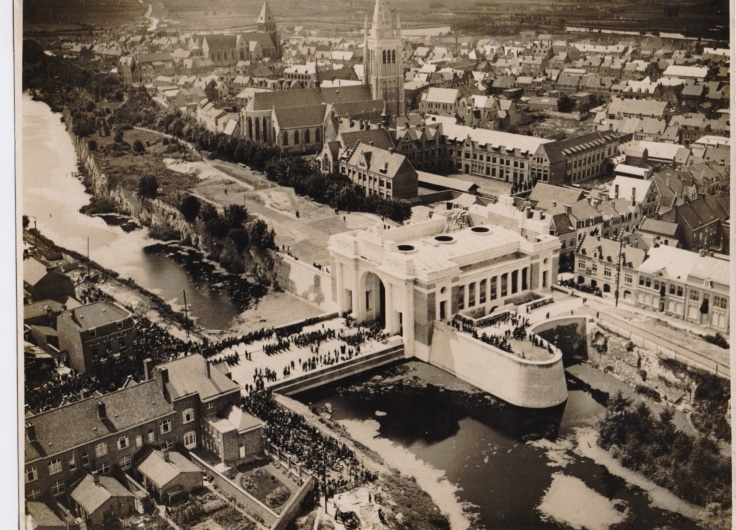Anyone who wants to see the extent of the horror of the First World War in Flanders should visit the enormous Tyne Cot Cemetery. Yet the small cemeteries in and around Ypres may offer a more unique way of understanding the war.
Sam Mendes’ 1917 is the latest attempt to capture the horror of the First World War on film. It’s set in northern France, although most historians associate 1917 with the heavy fighting in Flanders during the Battle of Passchendaele. One of the most costly military campaigns in history, it left at least 240,000 Allied dead and perhaps as many as 400,000 Germans, while it achieved almost nothing.
At the end of the fighting, the dead were buried in war cemeteries scattered across the battlefields. There are 140 of these cemeteries in the rolling landscape around Ypres.
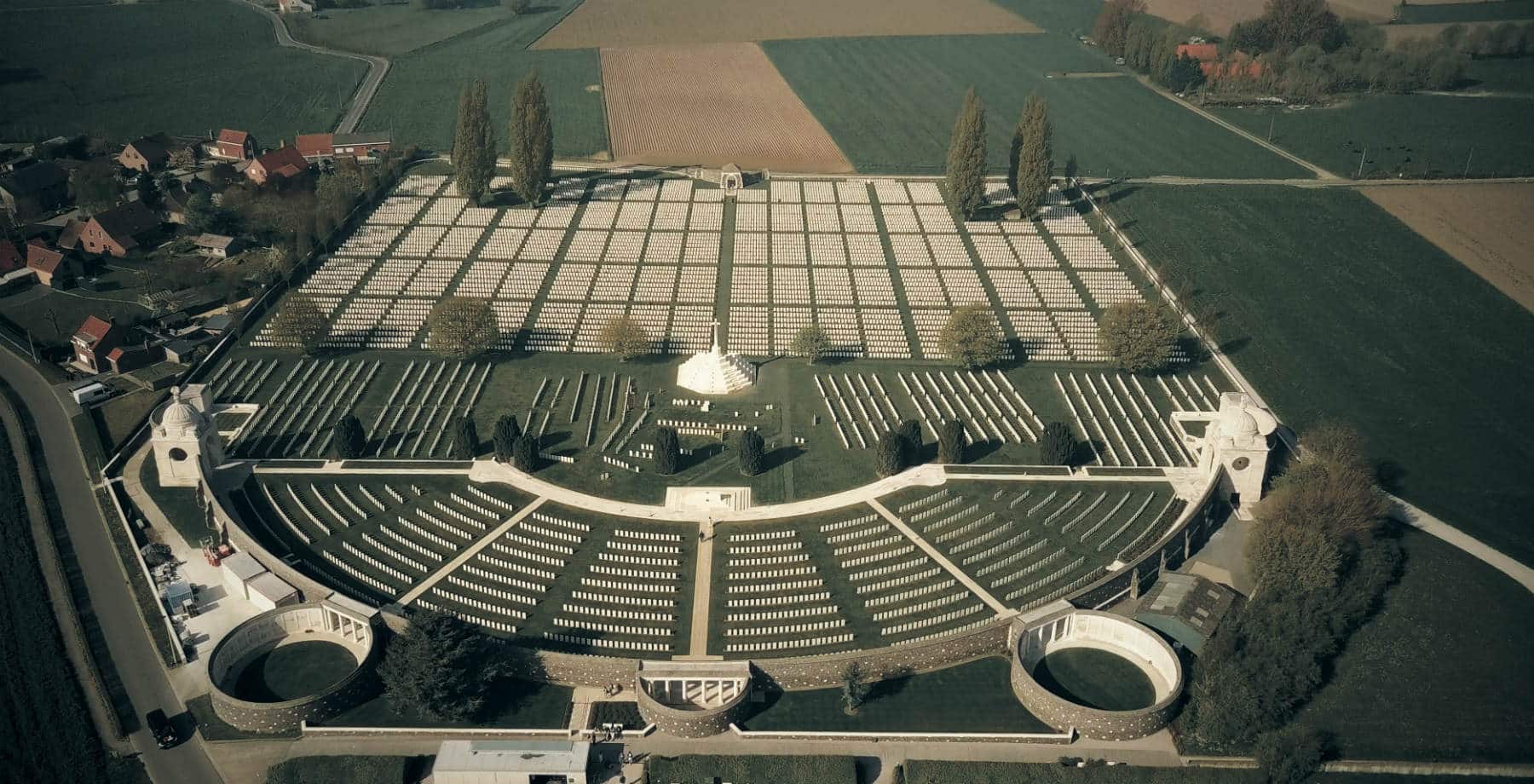 Tyne Cot Cemetery
Tyne Cot Cemetery© Visit Flanders
Most people head for Tyne Cot Cemetery, where the sheer scale of the killing is reflected in the endless rows of white gravestones. The smaller cemeteries – some with just a couple of dozen graves – are hardly visited at all. But they have a special atmosphere because of their location in the landscape where the soldiers fought and died. They are in isolated spots that are sometimes hard to reach. You might need to rent a bike in Ypres. Or hike down a muddy track. But these little cemeteries provide a unique way of understanding the war.
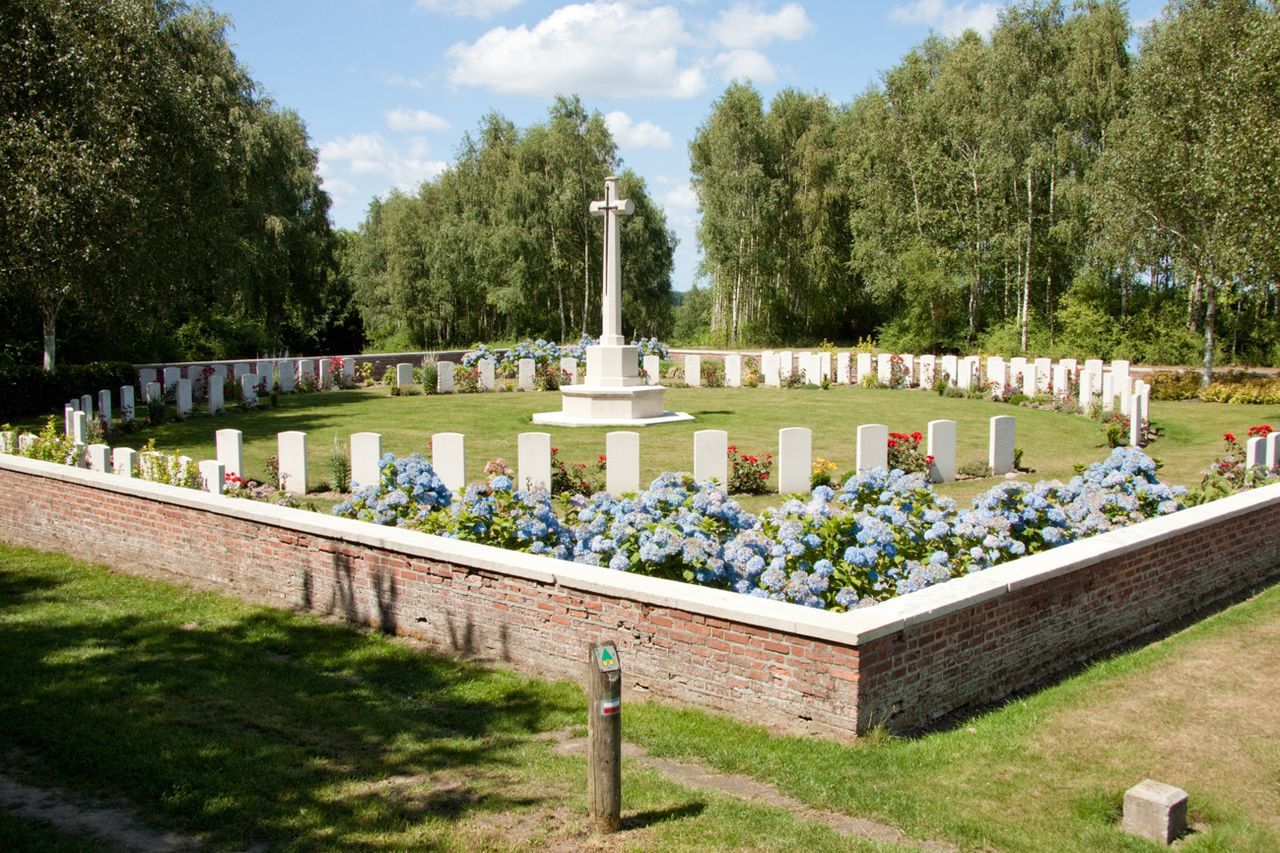 Hedge Row Cemetery
Hedge Row Cemetery© Wikimedia Commons
It’s worth tracking down Hedge Row Cemetery, which is possibly the most beautiful of all the cemeteries in the region that is now called Flanders Fields. Hidden in the Palingbeek woods, it’s a silent, forgotten place reached along a forest track. The cemetery stands in a clearing in the trees with three army packs lined up mysteriously outside the wall. They contain objects that soldiers once carried, like gas masks, handkerchiefs and makeup (to play female roles in amateur plays). The original graves were destroyed by shellfire. Now the gravestones stand in a circle marking the site of the shell crater.
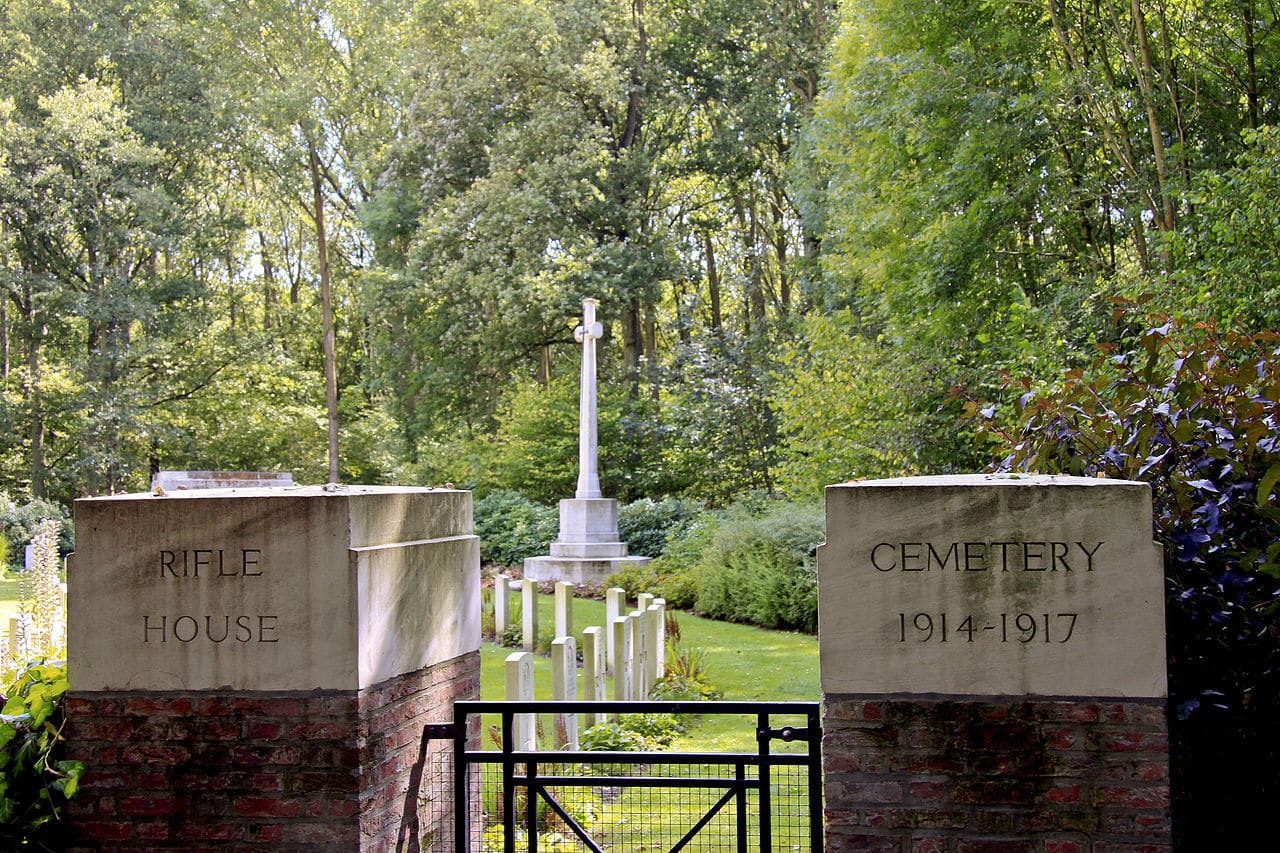 Rifle House Cemetery
Rifle House Cemetery© Wikimedia Commons
Deep in a forest, Rifle House Cemetery is one of the most remote cemeteries in Belgium. It can only be reached on foot along a dark forest trail. You pass several lost cemeteries along the way, including Mud Corner Cemetery. The track ends at Rifle House Cemetery, where one of the graves belongs to a young Jewish boy called R. Barnett who was just 15 when he died.
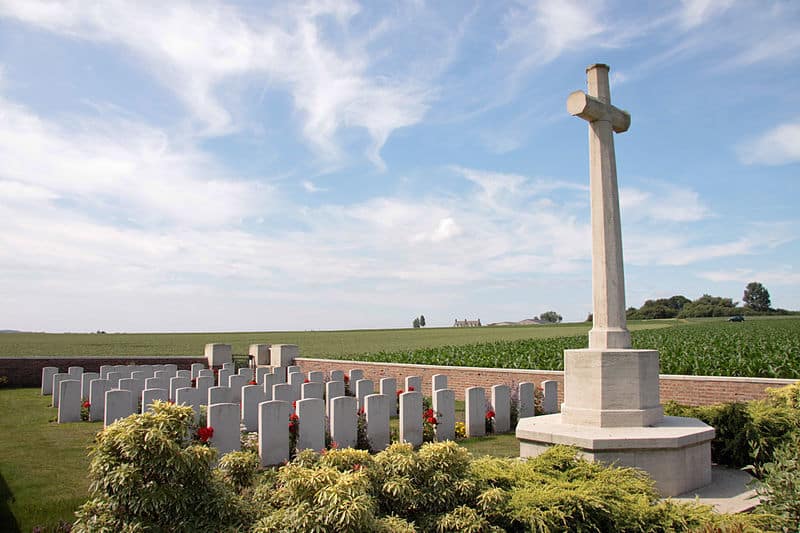 Spanbroekmolen Cemetery
Spanbroekmolen Cemetery© Wikimedia Commons
In another area of Flanders Fields, a narrow trail across an empty field brings you to Spanbroekmolen Cemetery. This is a quiet, lonely spot where almost no one comes, but it is a place that powerfully expresses the futility of war. All of the soldiers buried here came from Ulster. They all died on 7 June 1917 when they were given the order to attack too early. The unlucky soldiers were killed by machine gun fire just seconds before a massive mine went off that obliterated the German defences.
The film 1917 is about a similar futile attack. But the film ends happily, whereas the war cemeteries of West Flanders show there was no happy ending in 1917.


